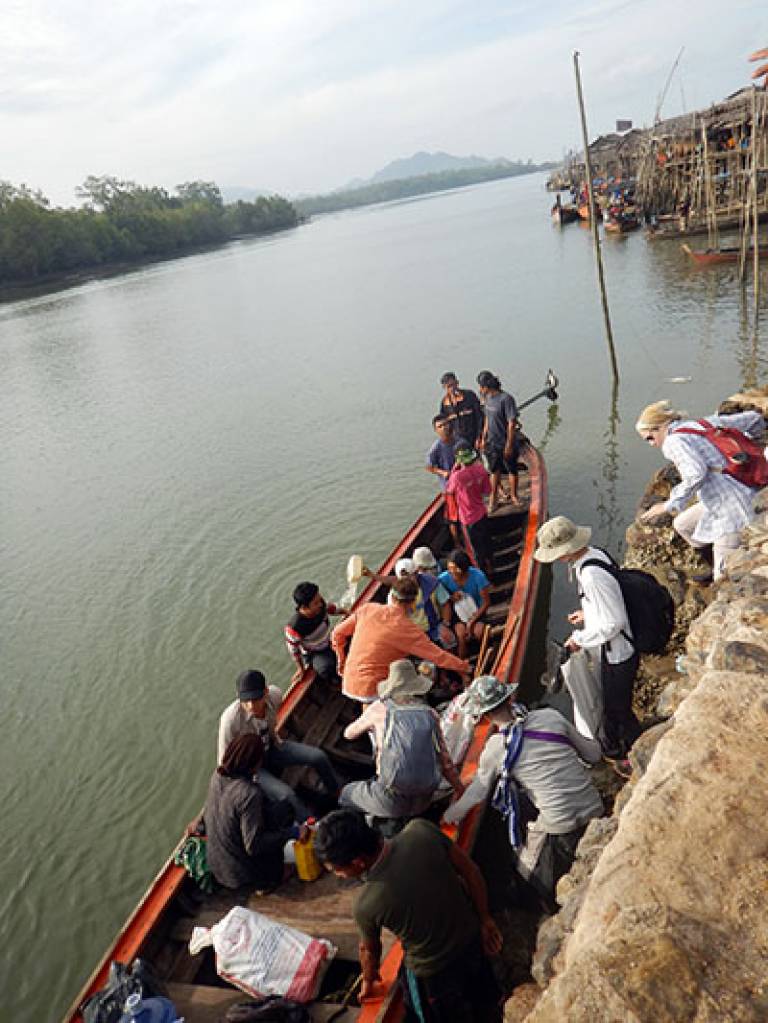Early Maritime Silk Roads: Insights from Peninsular Thailand-‐Myanmar (500BC-500AD)
20 June 2018, 1:00 pm

Event Information
Open to
- All
Location
-
Room 209, UCL Institute of Archaeology
Bérénice Bellina (CNRS, Maison Archéologie et Ethnologie, France and Director of the French Archaeological Mission in Peninsular Thailand-‐Myanmar) will give a seminar at the UCL Institute of Archaeology on 20 June.
Abstract
Since 2005, the French Archaeological Mission in Peninsular Thailand-Myanmar has been excavating multiple sites ranging from early coastal ports to inland feeding and transhipment points or to burials associated with coastal and offshore mobile trading groups.
This presentation provides an overview of the data from the latest excavations of early trading polities in the Isthmus of Kra in Khao Sek (Chumphon), southern Thailand and Aw Gyi and Maliwan (Thanintharyi), Myanmar. The picture of the political and economic organisation of these early trading polities which is emerging is complex and hints at close cultural and economic ties with some polities in the Indian subcontinent, in particular those along the Bay of Bengal.
The region may have been the seat of a confederation of trading city-states which generated a common pan-regional culture, produce of hybridised Indian industries and concepts that diffused largely amongst other trading polities in the South China Sea. Several aspects of the political and economic models elaborated there are precursors of later major Southeast Asian maritime trading polities such as Srivijaya.
This paper also tackles the issue of economic specialisation and the likely symbiotic relationships between the different groups present in the peninsula that developed along with the Maritime Silk Roads.
Finally, beyond the regional impact of this inter-regional network, this paper emphasises the likely importance of the Bay of Bengal interaction sphere, as a cradle for large-scale, cross-cultural exchanges, not only for religious and political elements that have been long been studied, but also for industrial and agricultural elements, especially between the interacting trading polities located on both sides of the Bay of Bengal as early as the 4th-3rd c. BC.
Any enquiries about the event may be directed to Cristina Castillo.
 Close
Close

